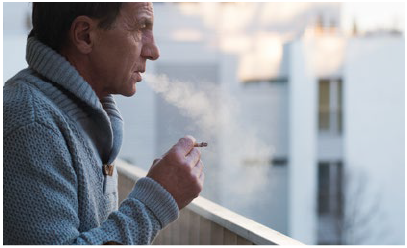The delivery of behavioral healthcare and addiction treatment has evolved, drastically and quickly, as a result of the pandemic. Where telepsychiatry became a necessity during periods of quarantine, it is increasingly becoming a sustainable choice for an industry facing a number of challenges related to capacity, staffing, demand and complex patient populations such as those living with SMI and co-occurring conditions.
Clinics and organizations that found flexibility throughout the pandemic by integrating remote providers into their in-person clinical teams improved their capacity and decreased noshows while improving access to care for the patients who needed it most.
And by adding a diversity of provider types beyond psychiatrists, including psychiatric nurse practitioners and licensed clinical social workers, clinics and organizations realized the benefits of expanded provider teams that were able to see and offer treatment to children and adults.
In the end, the flexibility of remote care allows providers to break through physical barriers and meet their patients exactly where they are.
The quality of outcomes directly correlates to an ability to access care. Improved access improves outcomes. And improved outcomes define resiliency, which is the ultimate goal.












